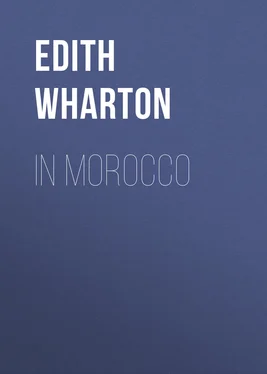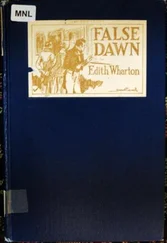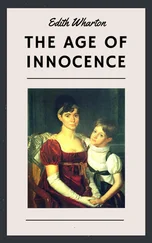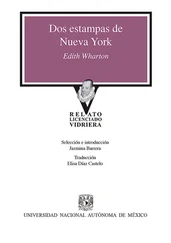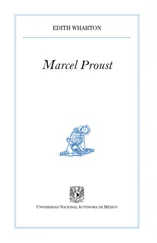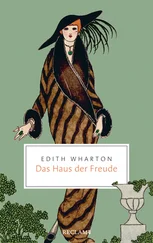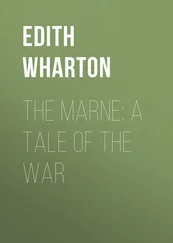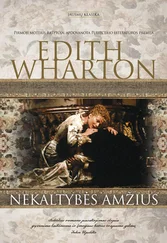Moulay-Ismaël, whose long reign (1673 to 1727) and extraordinary exploits make him already a legendary figure, conceived, early in his career, a passion for Meknez; and through all his troubled rule, with its alternations of barbaric warfare and far-reaching negotiations, palace intrigue, crazy bloodshed and great administrative reforms, his heart perpetually reverted to the wooded slopes on which he dreamed of building a city more splendid than Fez or Marrakech.
"The Sultan" (writes his chronicler Aboul Kasim-ibn-Ahmad, called "Ezziani") "loved Meknez, the climate of which had enchanted him, and he would have liked never to leave it." He left it, indeed, often, left it perpetually, to fight with revolted tribes in the Atlas, to defeat one Berber army after another, to carry his arms across the High Atlas into the Souss, to adorn Fez with the heads of seven hundred vanquished chiefs, to put down his three rebellious brothers, to strip all the cities of his empire of their negroes and transport them to Meknez ("so that not a negro, man, woman or child, slave or free, was left in any part of the country"); to fight and defeat the Christians (1683); to take Tangier, to conduct a campaign on the Moulouya, to lead the holy war against the Spanish (1689), to take Larache, the Spanish commercial post on the west coast (which furnished eighteen hundred captives for Meknez); to lay siege to Ceuta, conduct a campaign against the Turks of Algiers, repress the pillage in his army, subdue more tribes, and build forts for his Black Legionaries from Oudjda to the Oued Noun. But almost each year's bloody record ends with the placid phrase: "Then the Sultan returned to Meknez."
In the year 1701, Ezziani writes, the indomitable old man "deprived his rebellious sons of their principalities; after which date he consecrated himself exclusively to the building of his palaces and the planting of his gardens. And in 1720 (nineteen years later in this long reign!) he ordered the destruction of the mausoleum of Moulay Idriss for the purpose of enlarging it. And to gain the necessary space he bought all the adjacent land, and the workmen did not leave these new labors till they were entirely completed."
In this same year there was levied on Fez a new tax which was so heavy that the inhabitants were obliged to abandon the city.
Yet it is written of this terrible old monarch, who devastated whole districts, and sacrificed uncounted thousands of lives for his ruthless pleasure, that under his administration of his chaotic and turbulent empire "the country rejoiced in the most complete security. A Jew or a woman might travel alone from Oudjda to the Oued Noun without any one's asking their business. Abundance reigned throughout the land: grain, food, cattle were to be bought for the lowest prices. Nowhere in the whole of Morocco was a highwayman or a robber to be found."
And probably both sides of the picture are true.
What, then, was the marvel across the valley, what were the "lordly pleasure-houses" to whose creation and enlargement Moulay-Ismaël returned again and again amid the throes and violences of a nearly centenarian life?
The chronicler continues: "The Sultan caused all the houses near the Kasbah 8 8 The citadal of old Meknez.
to be demolished, and compelled the inhabitants to carry away the ruins of their dwellings . All the eastern end of the town was also torn down, and the ramparts were rebuilt. He also built the Great Mosque next to the palace of Nasr.... He occupied himself personally with the construction of his palaces, and before one was finished he caused another to be begun. He built the mosque of Elakhdar; the walls of the new town were pierced with twenty fortified gates and surmounted with platforms for cannon. Within the walls he made a great artificial lake where one might row in boats. There was also a granary with immense subterranean reservoirs of water, and a stable three miles long for the Sultan's horses and mules; twelve thousand horses could be stabled in it. The flooring rested on vaults in which the grain for the horses was stored.... He also built the palace of Elmansour, which had twenty cupolas; from the top of each cupola one could look forth on the plain and the mountains around Meknez. All about the stables the rarest trees were planted. Within the walls were fifty palaces, each with its own mosque and its baths. Never was such a thing known in any country, Arab or foreign, pagan or Moslem. The guarding of the doors of these palaces was intrusted to twelve hundred black eunuchs."
Конец ознакомительного фрагмента.
Текст предоставлен ООО «ЛитРес».
Прочитайте эту книгу целиком, купив полную легальную версию на ЛитРес.
Безопасно оплатить книгу можно банковской картой Visa, MasterCard, Maestro, со счета мобильного телефона, с платежного терминала, в салоне МТС или Связной, через PayPal, WebMoney, Яндекс.Деньги, QIWI Кошелек, бонусными картами или другим удобным Вам способом.
Village of tents. The village of mud-huts is called a nourwal .
Saint's tomb. The saint himself is called a marabout .
Citadel.
The Moroccan inn or caravanserai.
The high plateau-and-hill formation between Tangier and Fez.
So called to distinguish them from the tent villages of the less settled groups.
Sacred college.
The citadal of old Meknez.
